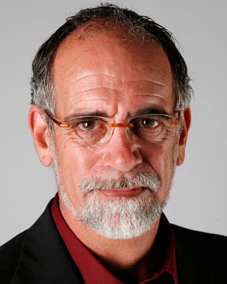 You follow movies? That is, not just watching them but thinking about how they are built, looking at the structure? In classic movie structure there is a moment near the end of the first act. We’ve established the situation, met our hero, witnessed some good action where he or she can display amazing talents but also what may be a fatal weakness.
You follow movies? That is, not just watching them but thinking about how they are built, looking at the structure? In classic movie structure there is a moment near the end of the first act. We’ve established the situation, met our hero, witnessed some good action where he or she can display amazing talents but also what may be a fatal weakness.
Then comes the moment: Some grizzled veteran or stern authority brings the hero up short. Think of Casino Royale, that scene where Daniel Craig’s Bond (after those brutal opening scenes) is back in London and is confronted by Judy Dench’s M. Or Obi Wan Kenobi challenging Luke: “You must learn the Force.” Or that moment in the classic Westerns when the tired, angry old sheriff rips off his badge and throws it on the desk, leaving the whole problem to the young upstart deputy. But before he stomps out the door he turns and says to the young upstart, “You know what your problem is, kid?”
And then he tells him what the problem is: not just the kid’s problem, but the problem at the core of the whole movie. He just lays it out, plain as day.
In healthcare, this is that moment. We are near the end of the first act of whatever you want to calloutthis vast change we are going through.
And where are we? Across America, the cry of the age is “Volume to value.” At conferences we all stand hand over heart and pledge allegiance to the Institute of Health Improvement’s Triple Aim of providing a better care experience, improving the health of populations, and reducing per capita costs of health care.
But in each market, some major players are throwing their muscle into winning against the competition by defeating the Triple Aim, by increasing their volume, raising their prices, doing more wasteful overtreatment, and taking on little or no risk for the health of populations. At least in the short term, the predatory strategies of these players are making it more difficult for the rest of us to survive and serve.






 The progeny of the iPhone and the iPad will change the shape of your institution — and your balance sheet.
The progeny of the iPhone and the iPad will change the shape of your institution — and your balance sheet.







